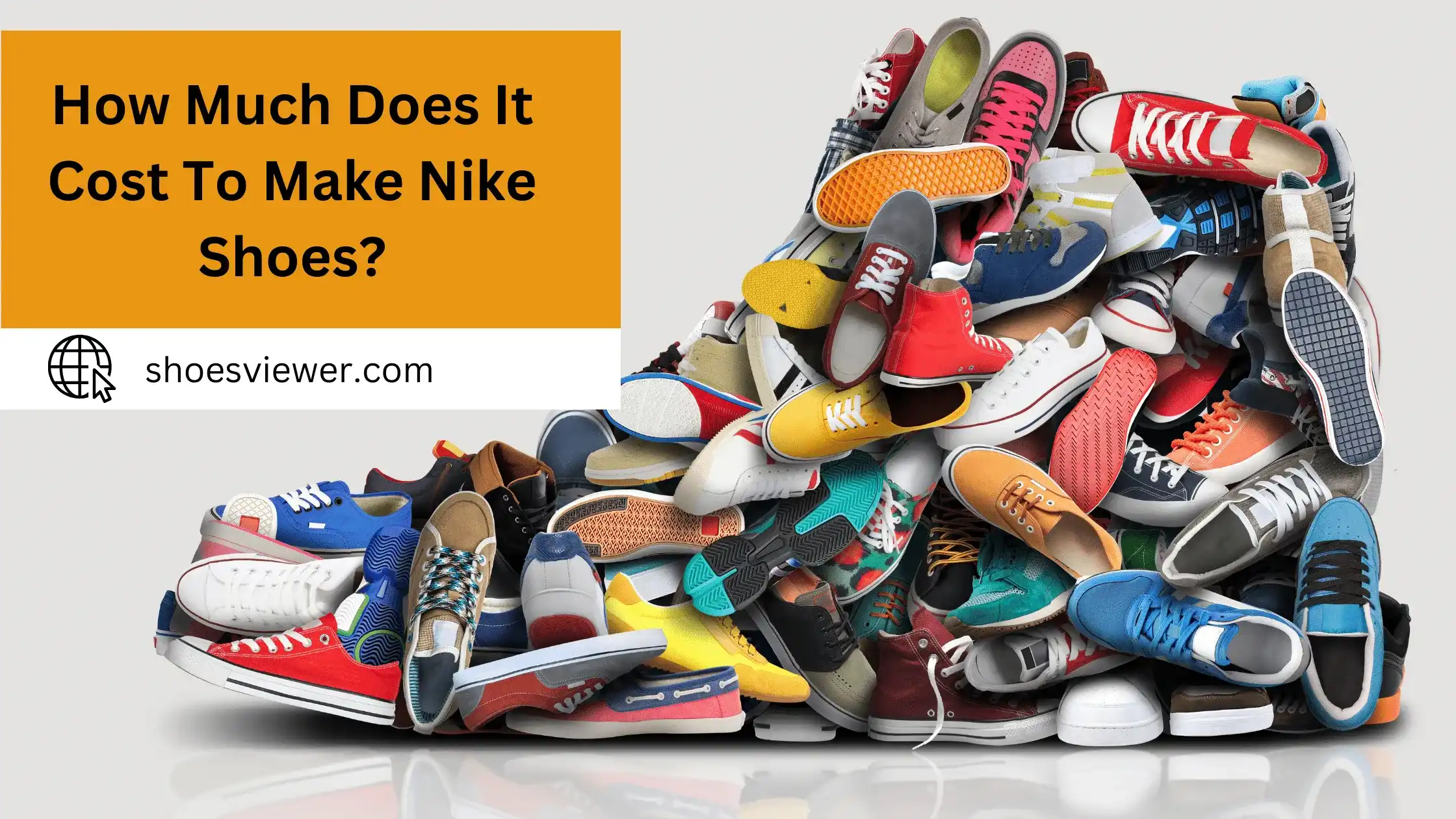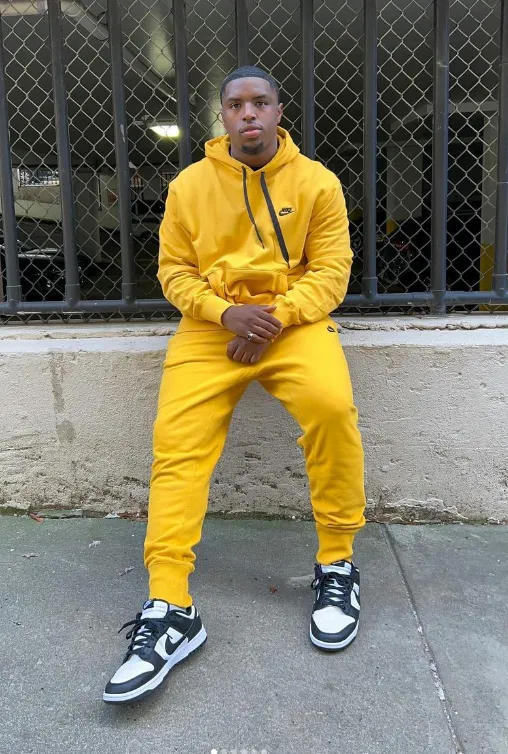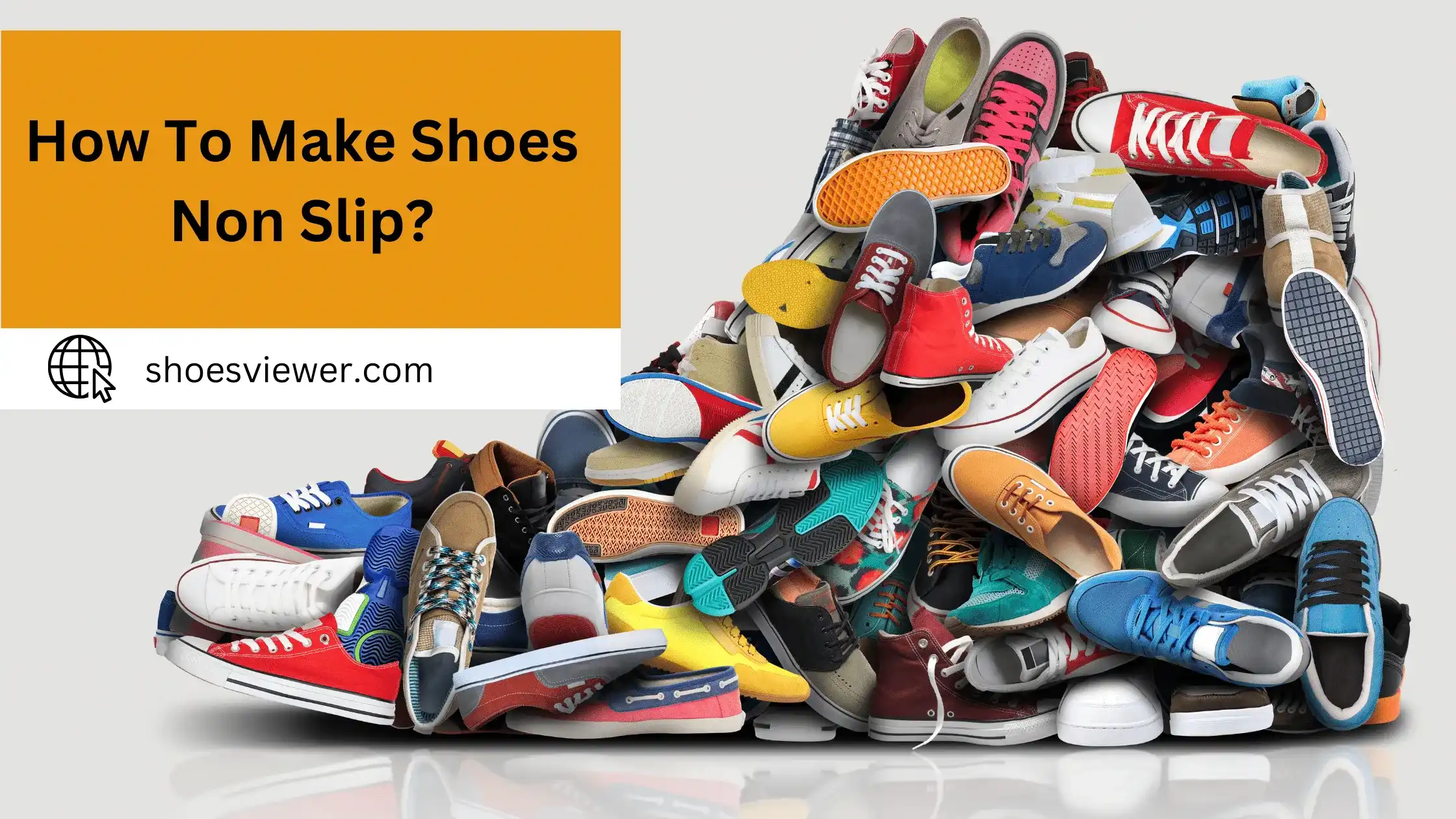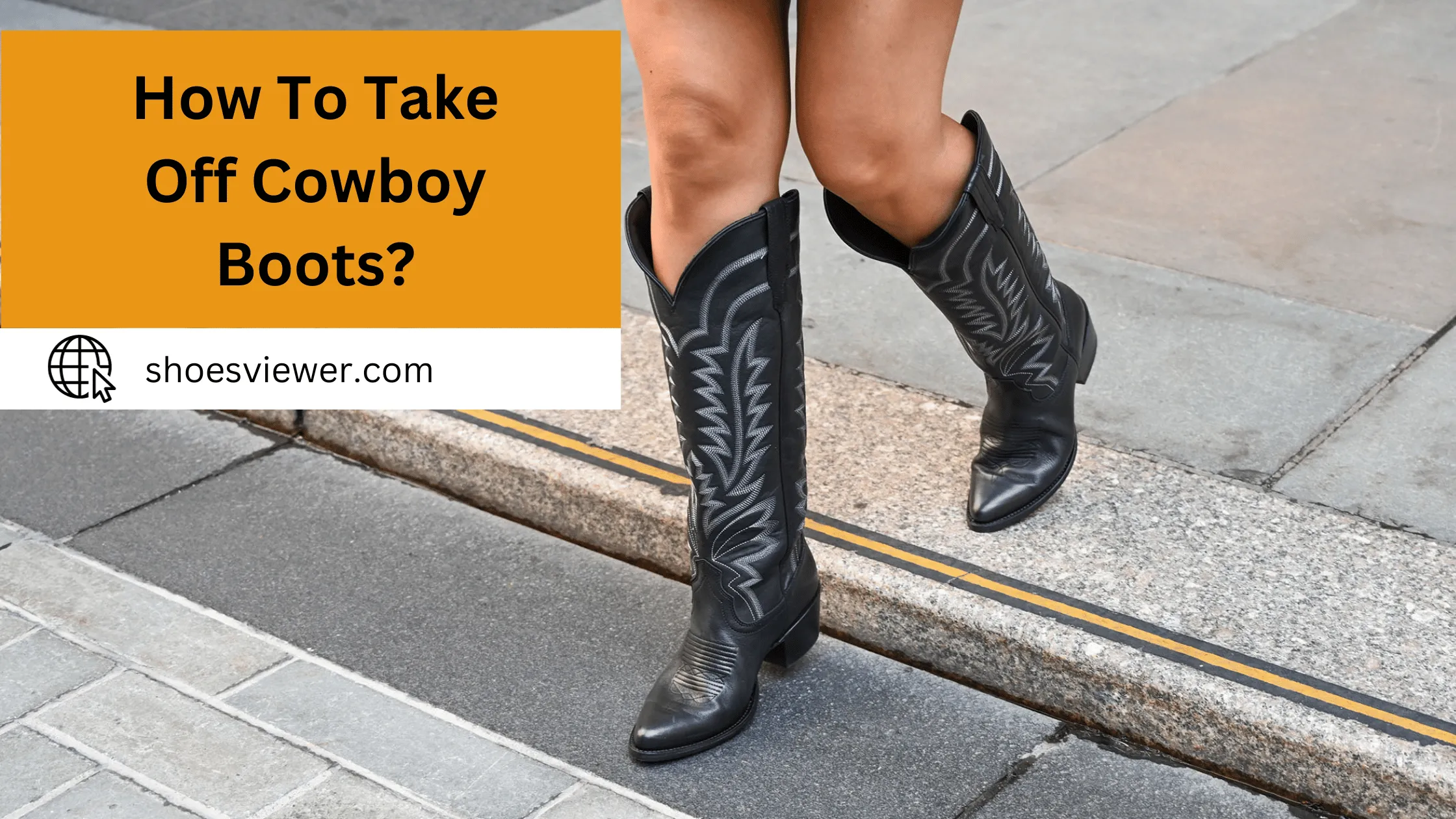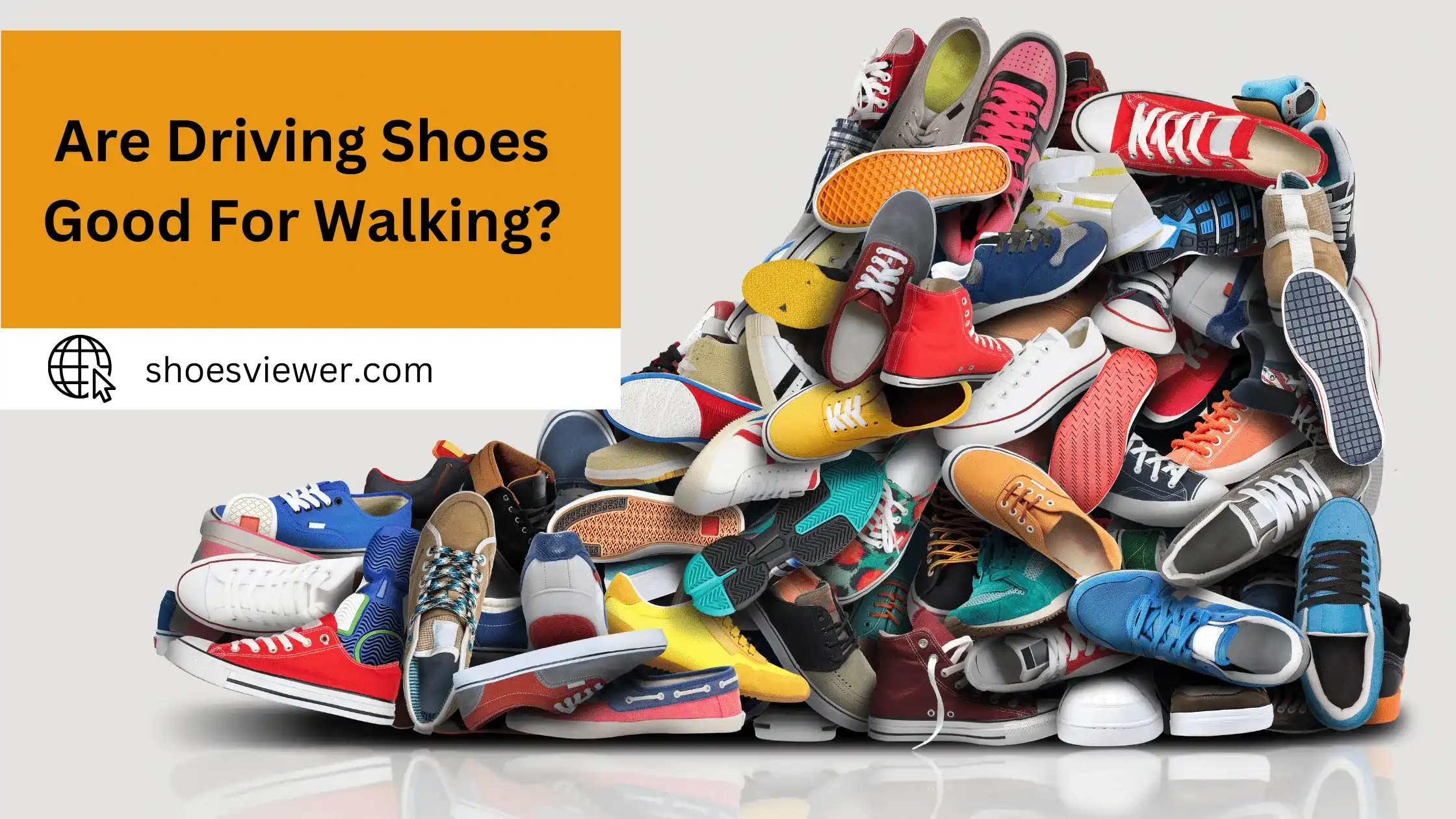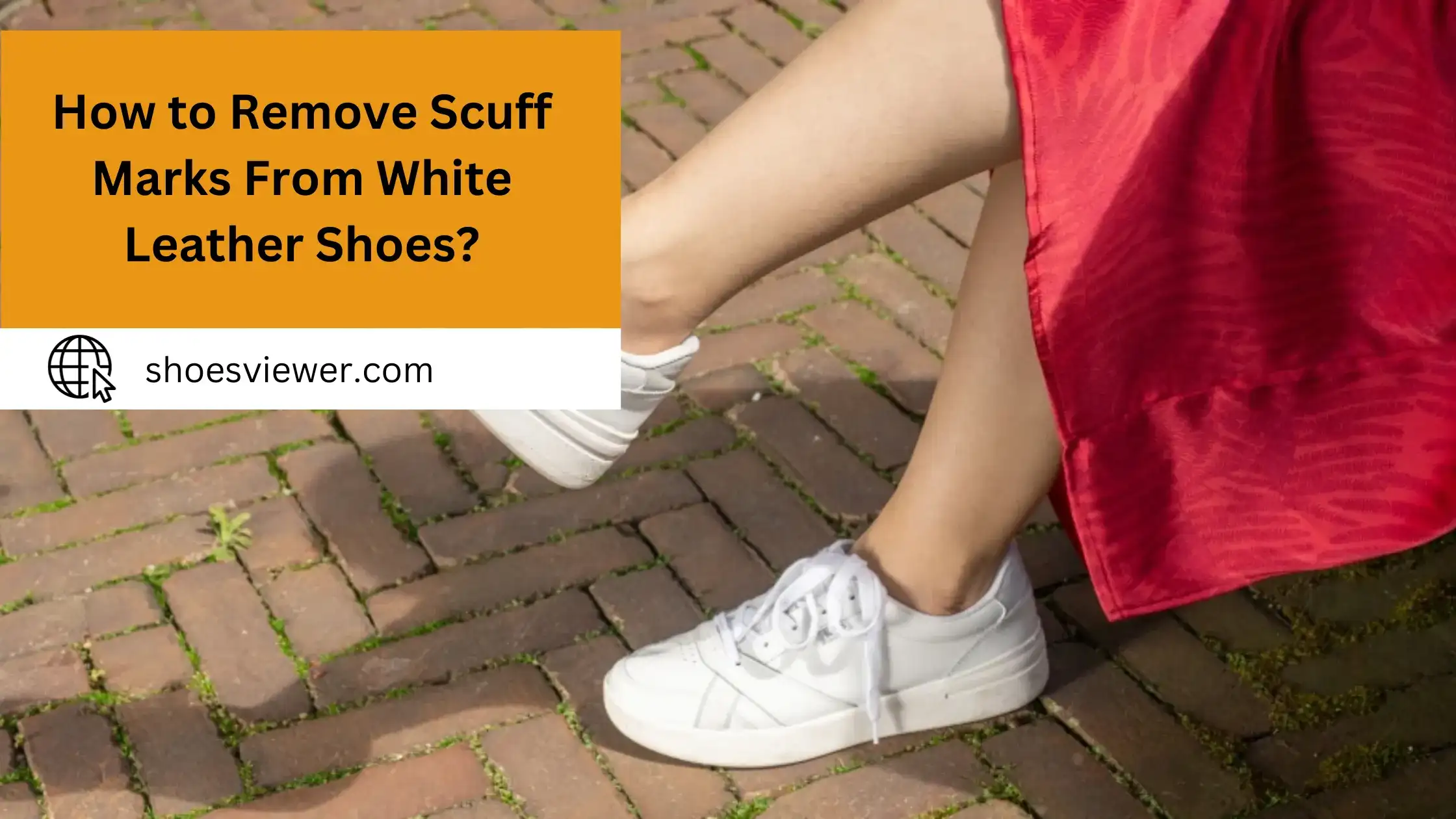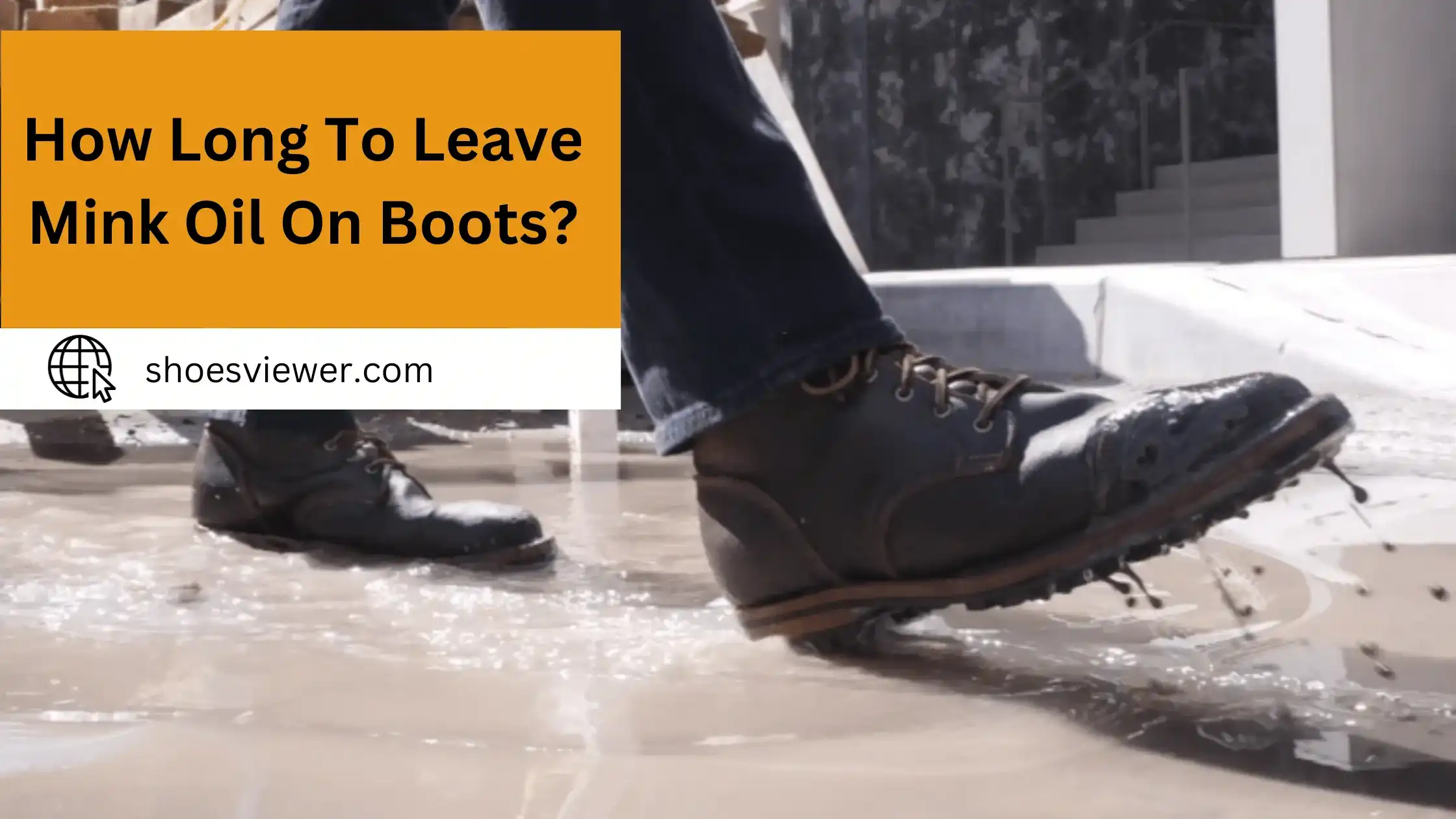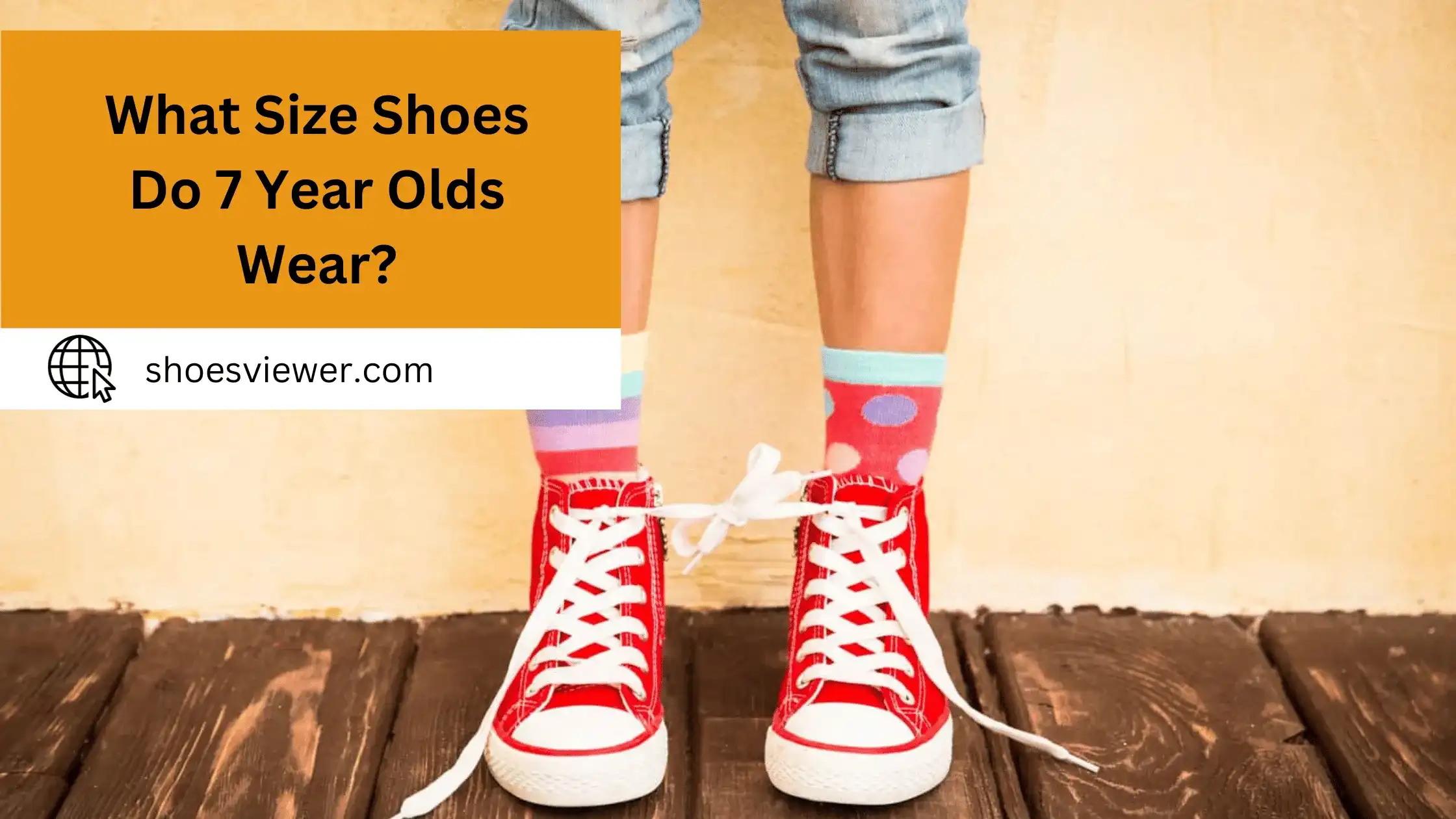For footwear enthusiasts, the question of how much it costs to make a pair of Nike shoes is one that seems to come up time and again. Whether you’re just curious or you’re thinking about starting your own shoe company, understanding the various components that contribute to the cost of making these iconic sneakers can be an important informational tool. We’ll offer a detailed breakdown of how much it costs Nike to manufacture their sneakers, as well as point out what they use their money for when producing some of their most popular models.
Let’s get started if you want to gain crucial insights into one of the world’s premier athletic shoe companies!
Nike’s Production Process - A Glimpse into How Nike Shoes Are Made:
Nike, a global leader in sportswear, footwear, and athletic gear, employs a comprehensive and advanced production process to meet the demands of its vast consumer base. The real cost to make a $70.00 shoe is about $15.00
Here’s a glimpse into the journey of a Nike product, from conception to the retail store:
Research And Development (R&D):
Nike invests significantly in R&D. They observe athletes, gather data, and analyze movement to design products that improve performance. Innovation teams work on developing new materials, such as the Flyknit technology, which reduces waste while providing a high-performance product.
Design:
Once the necessary research is conducted, designers sketch product designs. Using CAD (Computer-Aided Design) software, they create digital models of the product. This allows for tweaks and refinements before moving to the prototyping phase.
Prototyping:
After the design is finalized, a prototype is created. This prototype undergoes rigorous testing in terms of performance, durability, and comfort.
Sourcing Materials:
Nike sources materials from various global suppliers. Materials like rubber, foam, leather, and synthetic fabrics are procured based on quality, cost, and sustainability parameters. Nike also focuses on sustainable sourcing, aiming to reduce its environmental footprint.
Manufacturing:
Nike doesn’t own factories. Instead, they contract manufacturing to over 500 factories worldwide, primarily in countries like Vietnam, China, and Indonesia.
The manufacturing process involves cutting, assembling, shaping, and finishing the product. Advanced technologies, such as automation and 3D knitting, are also integrated into the process.
Quality Control And Testing:
After manufacturing, products go through quality control. They are tested for durability, performance, and safety. Shoes might be tested for traction, wear-and-tear, and impact resistance, for instance.
Packaging And Distribution:
Once the products pass quality checks, they’re packaged and sent to distribution centers. From these centers, products are shipped globally to retailers, Nike stores, and online warehouses.
Marketing And Sales:
Before a product launch, Nike devises marketing strategies. This could involve teaser campaigns, endorsements by athletes, and social media promotions. The product finally reaches consumers through Nike retail stores, online platforms, and other retailers.
Material Costs - Breaking Down the Price of Raw Materials for Nike Shoes:
Synthetic Fabrics & Mesh:
Purpose:
Mainly used for the shoe’s upper to ensure breathability and a lightweight design.
Estimated Cost:
This can range from $1 to $3, depending on the quality and type of synthetic used.
Rubber (Outsole):
Purpose:
Provides grip and durability, forming the base of the shoe.
Estimated Cost:
Rubber costs can range from $1 to $4 based on the type (natural vs. synthetic) and market conditions.
Foam & Cushioning:
Purpose:
Primarily forms the midsole, ensuring comfort and shock absorption.
Estimated Cost:
Technologies like Nike Air or React can vary in cost, but the foam and cushioning may range from $2 to $10.
Leather & Suede (if used):
Purpose:
Incorporated in various models for aesthetics, durability, and structure.
Estimated Cost:
Depending on the quality, leather materials might cost between $3 to $15.
Flyknit & Other Specialized Materials:
Purpose:
Used for specialized shoe models for a snug, sock-like fit.
Estimated Cost:
Given the R&D behind it, materials like Flyknit can range from $5 to $20.
Adhesives & Stitching Materials:
Purpose:
Essential for binding the shoe components.
Estimated Cost:
Adhesives and stitching can add around $1 to $3 to the production cost.
Hardware & Accessories:
Purpose:
Components like eyelets, laces, and logos.
Estimated Cost:
These additions usually add up to $1 to $5 based on the intricacy and materials used.
Labor Costs - An Insight Into The Workforce Behind Nike Shoes:
Nike predominantly manufactures its shoes in regions with lower labor costs, such as Vietnam, China, and Indonesia. Depending on the region and complexity of the shoe, labor costs can vary, but it’s estimated to range from $4 to $7 per pair.
Different skill sets are required for different stages of shoe production, from basic assembly to specialized machinery operation. Specialized labor might add a premium, potentially adding $1 to $3 more per pair. Factory Overheads includes utilities, rent, and other operational costs of factories. This can add another $1 to $3 per shoe.
Marketing And Distribution - Unseen Costs In The Making of Nike Shoes:
Advertising And Promotion:
Nike spends extensively on advertising campaigns, athlete endorsements, and sponsorships.
Estimated Cost:
Nike’s annual marketing budget is in the billions, but on a per-shoe basis, this could translate to roughly $5 to $10, depending on the specific model and the campaign behind it.
Research And Development (R&D):
While not directly a marketing cost, R&D is a significant expenditure to innovate and produce new models and technologies.
Estimated Cost:
Difficult to estimate on a per-shoe basis, but it’s crucial to understand that R&D costs might amortize to a few dollars per shoe, especially for new, innovative models.
Distribution And Logistics:
Once produced, shoes need to be shipped to various locations globally, stored in warehouses, and then further distributed to retailers or direct-to-consumer channels.
Estimated Cost:
Distribution costs can add another $5 to $15 per pair, depending on the region and mode of transport.
Retail Operations:
If sold in Nike stores, there’s the overhead of running those retail locations.
Estimated Cost:
This could add $5 to $10 per shoe, covering staff salaries, store rents, utilities, and more.
Sustainability Efforts - How Eco-friendly Initiatives Impact the Cost of Making Nike Shoes:
In recent years, Nike has been at the forefront of introducing sustainable practices in its production. Using recycled materials and aiming for zero carbon and zero waste facilities might initially increase costs. However, in the long run, sustainable practices can result in savings, as well as a positive brand image which can drive sales.
Conclusion:
After researching the various elements that go into making a pair of Nike shoes, it is easy to see why these shoe models are so popular and sought after. Not only do these shoes look stylish and come with a reputation of high-quality, but they also present a great value when taking into account all the labor and materials used in their production.
Although the cost to make Nike shoes varies depending on model and material build, it’s clear that Nike has created a pricing structure designed to allow customers flexibility while still providing them with exceptional quality for their money. As long as you take good care of them, it is an excellent investment sure to last you many years!
